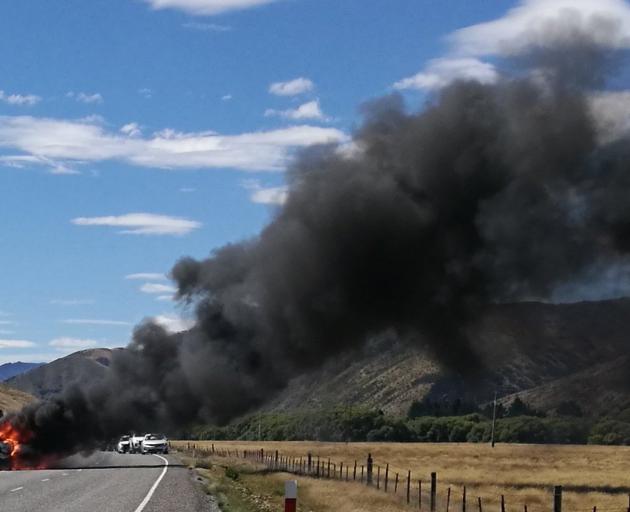
Telecommunication towers are planned for State Highway 8 on the Lindis Pass and other areas to provide 50km of 4G coverage, which follows new towers completed on the highway, including Lindis Pass east and Lindis Valley, which have provided 28km of coverage.
The project comes under the Government’s ongoing Mobile Black Spot Fund rollout, which is due to be completed by 2023.
So far, the fund has enabled more than 500km of 4G coverage to this country’s state highways.
The fund aims to improve the availability of mobile services in areas where cellphone coverage is poor, or in some cases non-existent.
Stakeholder relations manager Tanya Hansen said safety was paramount.
"The key need for state highways was to address the need for emergency services to be able to attend incidents quicker on some of the country’s more dangerous roads."
The move will increase people’s chances of being able to call 111 — something that can still be a difficult task on some stretches of SH8.
As a case in point, a car caught fire on State Highway 8 on February 21, north of Tarras, but no-one in the backlog of traffic could get a signal to call for help.
Even the option of "emergency calls only" was not offered across screens.
Eventually, someone drove about 10 minutes further up the road to get a signal to call 111.
A Fire and Emergency New Zealand (Fenz) spokesman confirmed a crew from Luggate was alerted at 2.35pm and arrived, along with backup from Tarras, about 2.50pm.
A police spokeswoman said any improvements to mobile coverage throughout New Zealand were also welcomed by police.
Once the programme was completed, 60km more highway in Otago was expected to have cellphone coverage.
AA spokesman Dylan Thomsen said the fact there were still black spots with no cellphone coverage was a concern.
If someone sustained lifethreatening injuries but no-one could call for help straight away, it could affect their chance of survival, he said.
An NZ Transport Agency spokesman said about 2400 vehicles were driven over the Lindis Pass (SH8) each day, which meant there was likely to be someone nearby who could help in an emergency.











